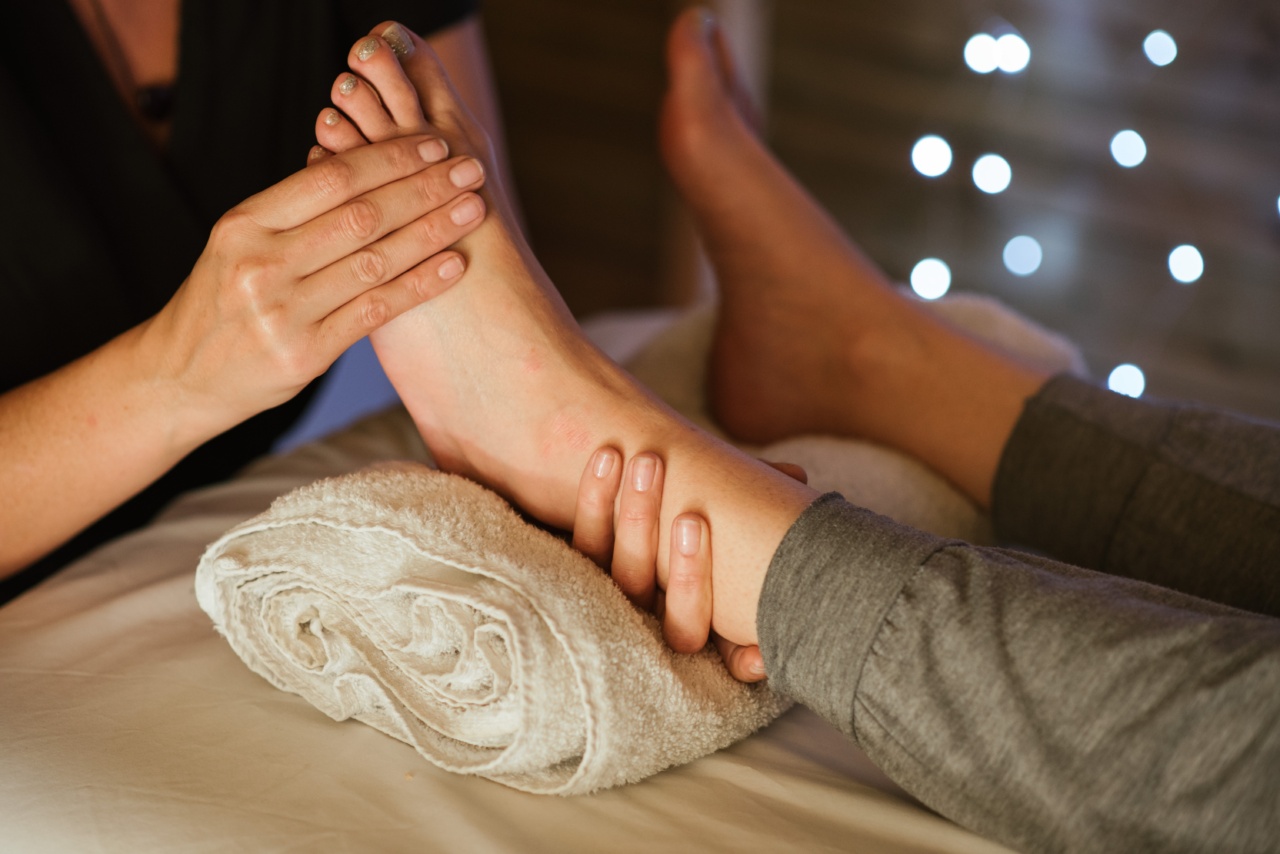A stroke is a medical emergency that occurs when there is an interruption in the blood supply to the brain, leading to the loss of brain function. It is a leading cause of death and disability worldwide, and its effects can be devastating.
Survivors of stroke often face physical, cognitive, and emotional challenges that require extensive rehabilitation to recover and regain independence.
Understanding Stroke Rehabilitation
Stroke rehabilitation is a crucial part of the recovery process after a stroke. It involves a range of medical, therapeutic, and supportive services aimed at helping stroke survivors overcome their limitations and adapt to their new circumstances.
The primary goal of rehabilitation is to optimize function and enhance quality of life.
Types of Stroke Rehabilitation
There are different types of stroke rehabilitation, and the specific approach may vary depending on the individual’s needs and the severity of the stroke. Common types of stroke rehabilitation include:.
1. Physical therapy
Physical therapy focuses on improving physical function and mobility. It may involve exercises to strengthen muscles, improve coordination and balance, and relearn skills like walking or using stairs.
Physical therapists may also use assistive devices such as canes or walkers to aid in mobility.
2. Occupational therapy
Occupational therapy helps stroke survivors regain the ability to perform daily activities, such as bathing, dressing, and cooking. Occupational therapists may provide techniques and adaptive equipment to make these tasks easier to manage.
They also address cognitive impairments and help individuals regain cognitive skills necessary for daily living.
3. Speech therapy
Speech therapy, also known as language therapy or speech-language pathology, focuses on improving communication skills and addressing swallowing difficulties that may arise following a stroke.
Speech therapists may use exercises to strengthen facial muscles and improve speech clarity and language comprehension.
4. Psychological support
Stroke rehabilitation also encompasses psychological support to address the emotional and psychological impact of stroke. Stroke survivors may experience depression, anxiety, or difficulty adjusting to their new abilities.
Psychologists or therapists can provide counseling, support, and coping strategies to help individuals manage these challenges.
5. Cognitive and memory rehabilitation
Some stroke survivors may experience cognitive impairments, such as difficulties with memory, attention, or problem-solving.
Cognitive rehabilitation programs aim to improve cognitive skills through structured exercises and strategies to compensate for any deficits.
Benefits of Stroke Rehabilitation
The importance of stroke rehabilitation cannot be overstated. Rehabilitation plays a crucial role in enhancing recovery, promoting independence, and improving overall well-being. Here are some key benefits of stroke rehabilitation:.
1. Functional recovery
Stroke rehabilitation helps individuals regain lost functionality and improve their ability to perform daily activities.
Through physical, occupational, and speech therapy, stroke survivors can regain mobility, relearn skills, and improve their communication abilities. This functional recovery greatly enhances their quality of life and independence.
2. Preventing complications
Rehabilitation programs focus not only on physical recovery but also on preventing complications that may arise after a stroke. These can include muscle contractures, pressure ulcers, deep vein thrombosis, and pneumonia.
Rehabilitation professionals provide education, exercises, and preventive strategies to minimize the risk of complications.
3. Psychological well-being
Stroke rehabilitation addresses the emotional and psychological impact of stroke.
Rehabilitation specialists, such as psychologists or therapists, can provide counseling and support to help individuals cope with depression, anxiety, and adjustment difficulties. This psychological support plays a vital role in promoting overall well-being and facilitating the recovery process.
4. Social integration
Stroke survivors often experience social isolation or difficulties participating in social activities. Rehabilitation programs provide opportunities for social interaction, either through group therapy sessions or community integration activities.
This social integration is crucial for preventing loneliness and improving overall quality of life.
5. Long-term health management
Rehabilitation programs educate stroke survivors and their families about managing long-term health conditions associated with stroke.
This may include guidance on medication management, lifestyle modifications, and ongoing therapy techniques that can be continued at home. By equipping individuals with the knowledge and skills to manage their health, rehabilitation supports long-term self-care.
Conclusion
Stroke rehabilitation is an essential component of recovery and reintegration for individuals who have experienced a stroke.
Through various therapeutic approaches, rehabilitation helps individuals regain lost functions, prevent complications, improve psychological well-being, foster social integration, and manage long-term health needs. The importance of rehabilitation cannot be emphasized enough, as it provides stroke survivors with the tools and support necessary to rebuild their lives.




























